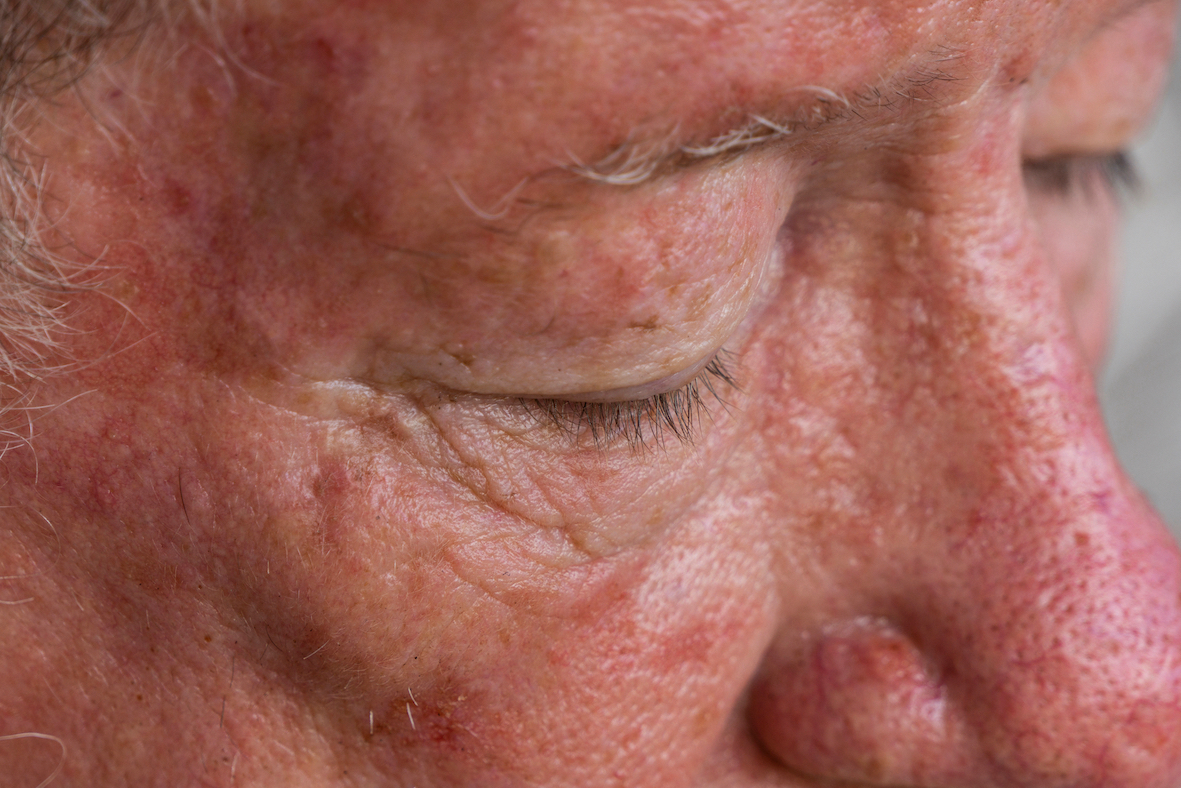 The skin lesions that patients find concerning are rarely the same lesions that concern their dermatologist, an Australian study shows.
The skin lesions that patients find concerning are rarely the same lesions that concern their dermatologist, an Australian study shows.
The discrepancy highlights the need for complete skin examinations by clinicians when patients present with a self-identified lesion they are worried might be malignant, according to Queensland dermatologists.
Their study of 301 consecutive patients presenting to a single dermatology practice mostly for routine examination found only 7.5% of 376 identified lesions were concerning to both patients and clinicians.
The commonest patient-identified lesions were seborrhoeic keratosis (30.8%), actinic keratosis (25.1%) and other benign lesions including cysts and excoriations (20.0%). Patients were much less likely to identify squamous cell carcinomas or intra-epidermal carcinomas (9.2%) and basal cell carcinomas (5.1%).
“Clinical diagnoses for the 168 dermatologist-identified lesions were BCC (87, 51.8%), SCC/IEC (47, 28.0%), and suspicious pigmented lesions (34, 20.2%),” the study said.
Histopathology confirmed keratinocyte cancers (63.1%), dysplastic naevi (11.3%), benign lesions (20.2%) and melanoma (1.2%).
Of the patients with self-identified lesions of concern, only 18.3% had one or more of these lesions diagnosed as skin cancer or suspicious pigmented lesions by a dermatologist. The rest were clinically diagnosed as benign.
Yet one third (32.9%) of patients with no self-identified lesions of concern did in fact have a skin cancer or suspicious pigmented lesion.
Overall 31.2% of patients had at least one lesion that was not concerning to them but was diagnosed as a skin cancer or suspicious lesion.
The study, published as a Research Letter in the Australasian Journal of Dermatology, said patients with a history of melanoma were more likely to correctly self-identify lesions of concern.
“This may reflect better education for melanoma patients or an increased vigilance in skin self-examination on their part,” said the authors, led by Dr Hilary Brown of Mater Hospital, Brisbane, and South East Dermatology.
However they said the generally low rate of patient-identified skin cancers reflects the shortcomings of self-examination.
“The macroscopic changes in skin malignancy (changes in symmetry, border, colour, size) and the symptoms of itching and bleeding are often found in benign lesions. Furthermore, skin cancers are often asymptomatic, macroscopic changes may be subtle and lesions may be located in inaccessible areas.”
“Our results suggest that patients should be educated in the features of common benign lesions and malignancy. Skin self-examination is not a substitute for clinician surveillance in high-risk patients.”